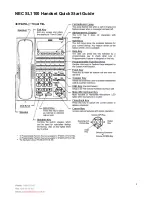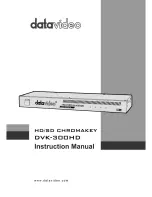
Chapter 2 Configuration, Installation, and Signal Connection
National Instruments Corporation
2-11
BNC-2090 User Manual
Connecting Analog Inputs
Connecting Nonreferenced (or Floating) Signal
Sources
A floating signal source is a signal source that is not connected in any
way to the building ground system but has an isolated ground-reference
point. If an instrument or device has an isolated output, that instrument
or device falls into the floating signal source category. Some examples
of floating signal sources are: thermocouples, transformers, battery-
powered devices, optical isolators, and isolation amplifiers. The ground
reference of a floating source must be tied to the ground of the DAQ
board to establish a local or onboard reference for the signal.
DIFF Inputs
To provide a return path for the instrumentation amplifier bias currents,
floating sources must have a 10–100 k
Ω
resistor to AIGND on one input
if DC-coupled, or both inputs if AC-coupled. For more detailed
information on connections to floating signal sources and differential
inputs, refer to the configuration chapter in your MIO-16 board user
manual.
You can install these bias resistors in positions A and B (see Table 3-1
and Figure 3-2) of the BNC-2090. Figure 2-6 shows both the schematic
and the component placement for a single 100 k
Ω
bias return resistor on
the negative input from a floating source connected to channel 1
(B position in Table 3-1). Refer to Chapter 3,
Signal Conditioning
Application Examples
,
for information on building additional signal
conditioning circuitry, such as filters and attenuators, in the open
component positions.
Figure 2-6.
Bias Return Resistor for DC-Coupled Floating Source on
Channel 1 in DIFF Mode
R21(C)
R3(A)
C2(E)
To Input
Mux
R22(D)
J2
AIGND
R4 = 100 k
Ω
(B)
+
-
















































